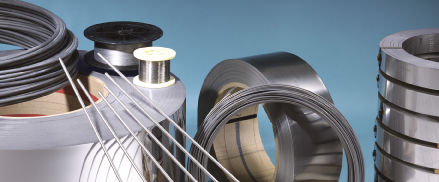When it comes to PCB manufacturing, High Density Interconnect (HDI) boards are one of the fastest growing technologies. Whilst containing buried and/or blind vias, HDI boards also contain .006 or less microviasas well as having a higher circuit density than many other traditional options. Nowadays, there are six different HDI board types so let’s take a look at why they have become so popular and how they are beneficial.
More Efficient
Over time, we have removed the preconceived notion that bigger is better and technology has gone from big to small in just a matter of years. Whether it is computers, phones, cameras, videos cameras, or anything else, they have all been through the process of shrinking.
One reason for this is because it is what the consumer wants and luckily, we have found the via-in-pad process that allows more technology to be stored on fewer layers. Thanks to HDI technology, products weigh less and do more whilst being smaller than even in terms of physical size.
Key Benefits
Ultimately, the main benefits of HDI technology is the ability to keep up with consumer demand. Now, PCB manufacturing allows designers to have more to work with whilst still reducing the physical size. Signals can be transmitted faster due to more I/O in smaller geometries, crossing delays and signal loss is no longer a problem. The changes in HDI technology has pushed the market forward and ensured that consumer demands are met.
However, it is important to note that quality is still an important factor for producers. Aside from price, this factor is still vital to the consumer despite the significant reduction in size. With HDI technology, 4-layer HDI microvia technology packed PCB can be used rather than an 8-layer through-hole PCB. The cost does increase as a result of the microvia process but the cost is then reduced because of the reduction in layer count and materials used.
The Process
In terms of the process itself, HDI PCBs require both specialized equipment and trained experts. Because HDI boards are a lot thinner and are spaced tightly together, special lasers, drills, and plugs are needed. For the manufacturers, this presents a significant investment in money and time but the long-term rewards make it worthwhile.
By drilling the smallest of micro-vias, more technology can be placed onto the surface of the board; tiny via holes are created using a beam of light thought to be around one millimetre in diameter. Moving forward, the next step is creating multilayer PCBs and this is a process some are using right now; pairs of layers can be added sequentially using multilayer technology in order to form a multilayer PCB.
Summary
With technology always improving, HDI boards are going to continue to advance and who knows where it will take us in the future? With additional lasers, drills, and other types of advanced equipment, PCB manufacturing is becoming one of the fastest growing markets in the technology industry.


